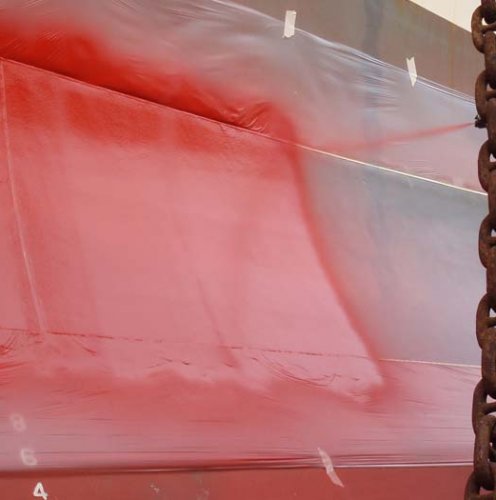Yacht antifouling Paint

While demise and taxes could be better known, there is a 3rd certainty in life many watercraft proprietors face that's frequently viewed with only just as much trepidation.
Photo: Frank Lanier
Since our very first troglodytic ancestor shoved off astride their trusty log, mariners have actually attempted most any mixture imaginable maintain waterborne critters and development from increasing, from mixtures of tar, sulfur, and brimstone, to shows laced with tin, arsenic, pesticides, plus the casual jar of chili dust. Although ecological concerns have directed the absolute most noxious mixtures of yesteryear into dustbin of record, bottom paint still remains a complex topic. Here's a look at exactly what bottom paint is, its application, and exactly how to get the the one that's right for you.
What's Bottom Paint, Anyway?
Bottom paint (aka antifouling paint) is a paint or finish made to discourage weeds, barnacles, alongside aquatic organisms from affixing by themselves to (plus the situation of wood boats, consuming) the underwater percentage of your vessel's hull. Bottom shows have traditionally carried out this by inclusion of a biocide, with copper being the absolute most popular today. Generally, the greater copper or any other biocide a paint includes, the greater efficient (and high priced) it really is. Copper changed tin, the previous biocide of preference for many years, now prohibited in most marine programs due to the environmental damage it caused while leaching to the seas around the globe. While copper may still be king, the latest generation of eco-labeled bottom paints utilize little if any copper, a response on increased scrutiny copper-based paints have received as prospective ecological toxins.
Bottom Paint — Which Needs It?
If your boat stays inside water year round or during many or every one of the sailing season, application of bottom paint is almost the rule. For ships kept in the liquid for quick intervals (that two-week summer vacation, for instance) or being stored from the liquid (trailer, lift, dried out storage center), a layer of wax and regular cleaning are generally all that's necessary to maintain a clean hull.
A 3- to 4-foot extendable roller handle helps you to save your back making artwork a lot easier.
If your watercraft never been bottom coated and you also're mulling throughout the concept, make sure you recognize that once bottom paint is used, the die is cast, and therefore periodic bottom-paint application, cleansing, and revival come to be a permanent an element of the vessel's routine maintenance schedule. Another consideration is your application of bottom paint oftentimes (especially on trailersized ships) may be seen as a poor to audience if you opt to sell down the road.
What Exactly Is Your Type?
Despite seemingly endless choices, conventional bottom shows can be divided into three broad groups: ablative, difficult, and crossbreed shows.





